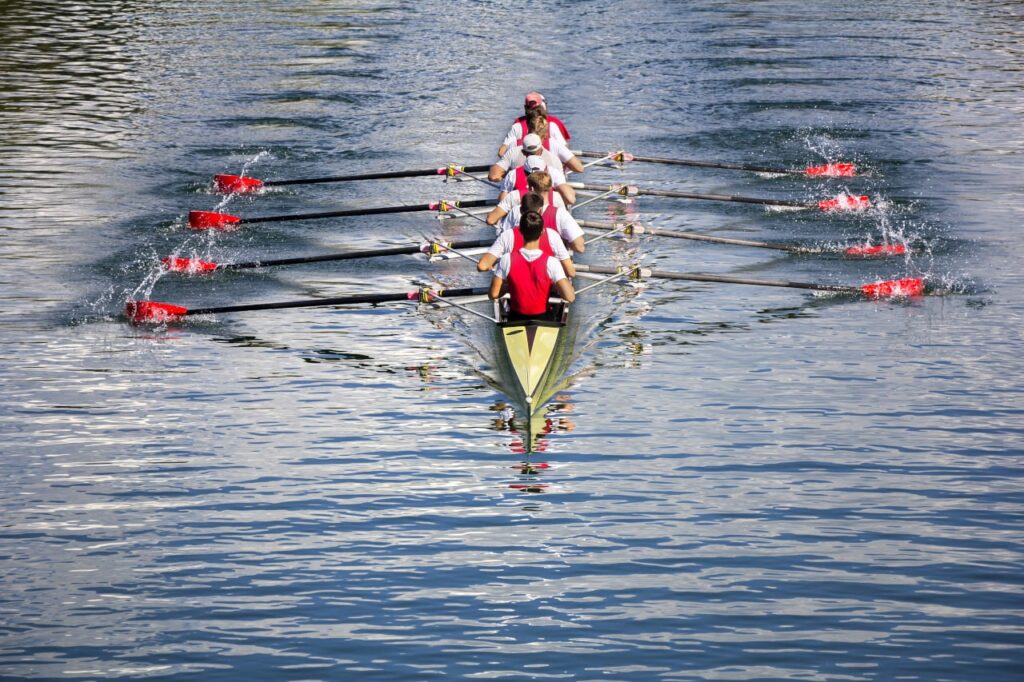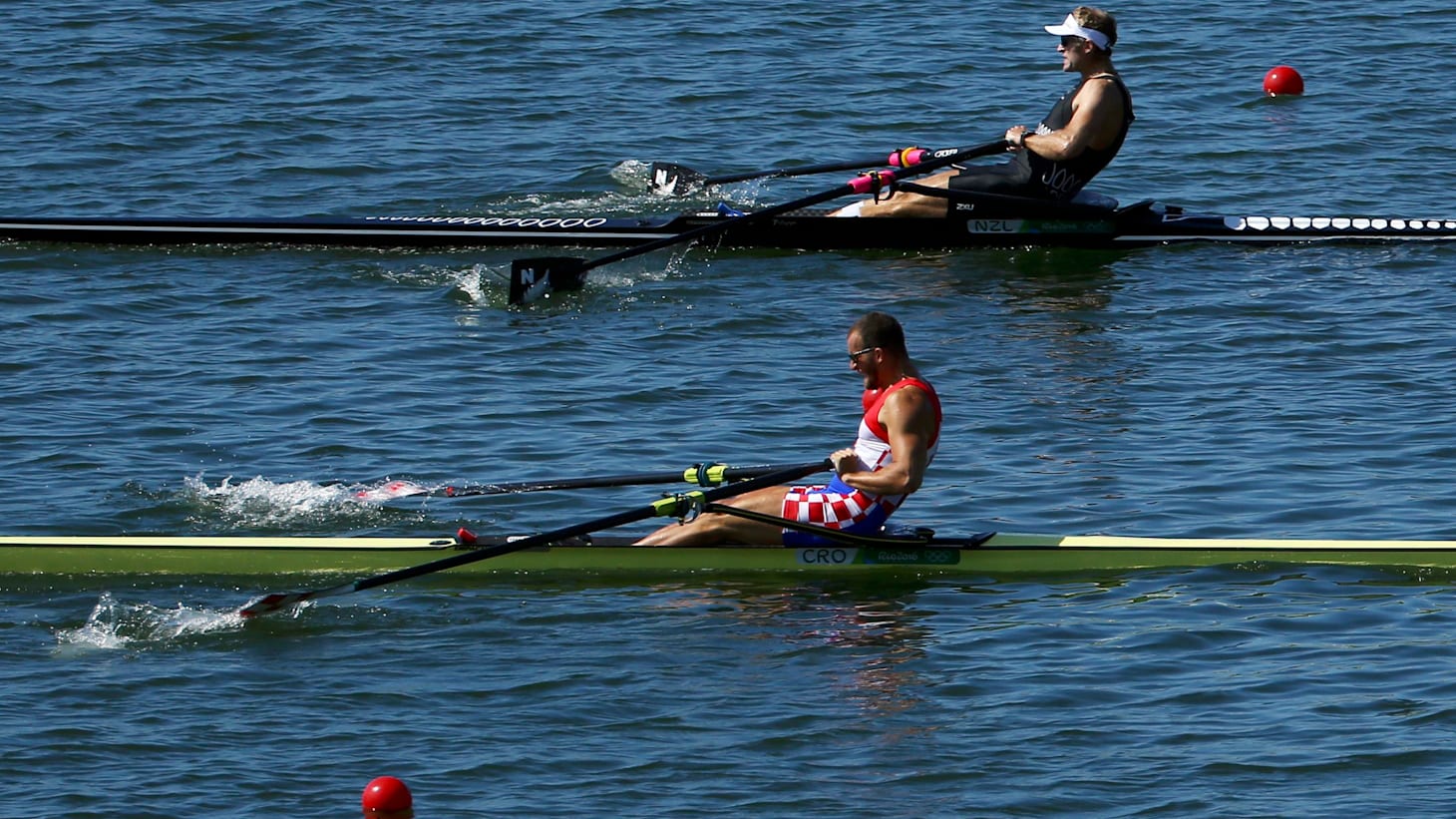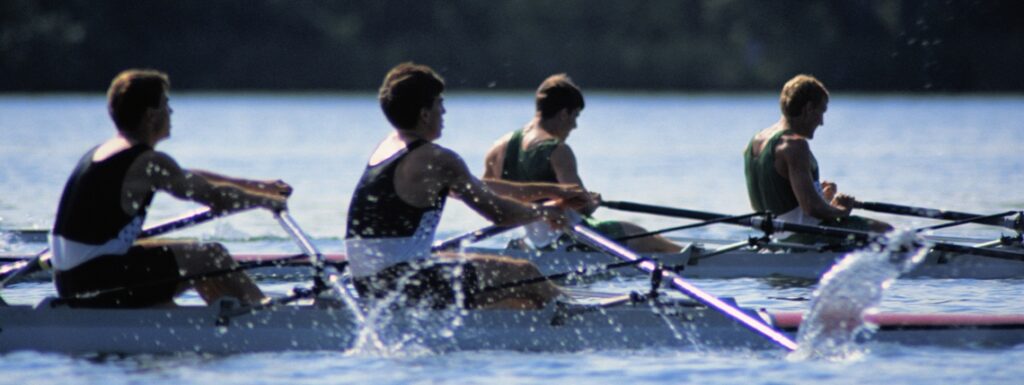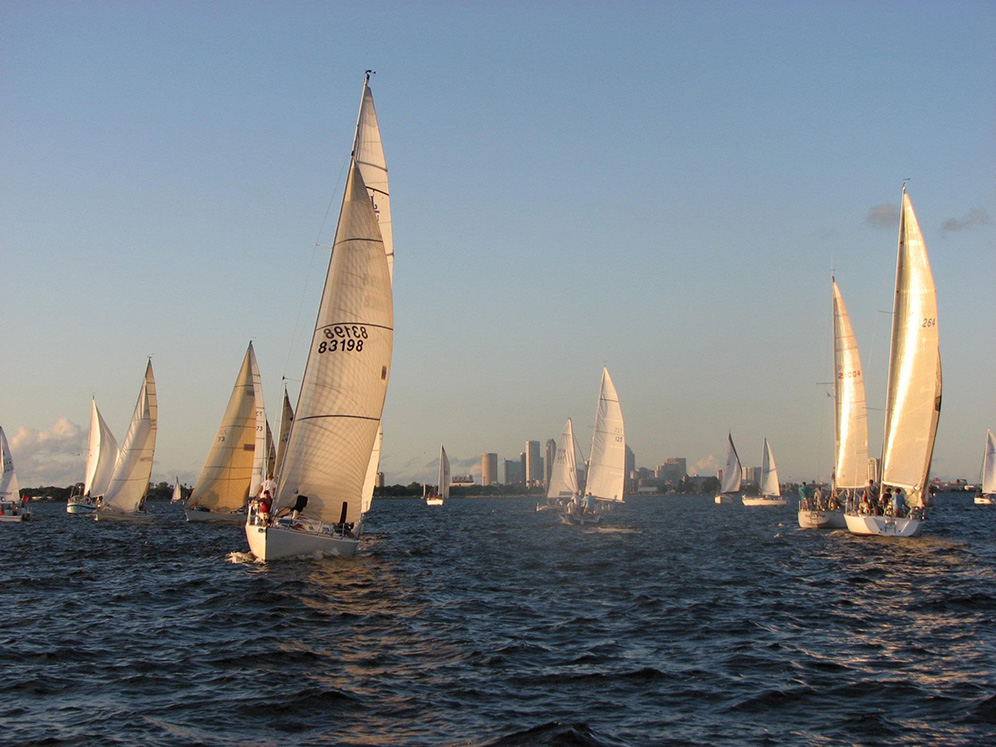Rowing is a sport that requires strength and stamina. It also requires a combination of timing and race strategy. The team that crosses the finish line first wins.
A term that every rower knows is “catching a crab.” It’s when an oar gets stuck in the water. Generally it ends the race or caps the boat.
History
Rowing is a powerful sport that uses the whole body. While it looks like a upper body sport, the rowers legs do most of the work. Rowers are able to perform long powerful strokes because their seat moves in a way that allows them to move the oar with one smooth movement. This movement creates a dynamic combination of speed and strength that is the essence of a good race.
The sport has a rich history that dates back to the 1800s. It began as club and school activities for amateurs in England, and organized racing grew from there, culminating in the Henley Regatta in 1851. The sport soon spread to colleges in America and the first intercollegiate race was between Harvard and Yale.
Today the sport has a wide appeal. It is a lifelong activity that can be enjoyed by athletes of almost any age. It also is a very social sport and is often performed with a team. Rowing is unique in that it offers an opportunity to compete at a high level and at the same time enjoy being part of a team.
The sport has been an Olympic event since 1900 for men and 1976 for women. There are six events in men’s rowing and four in women’s. The United States is the most successful nation in Olympic rowing, having won 89 medals. Other medal winners include Great Britain, West Germany and Romania.
Equipment
Rowing involves a complex combination of muscle power and cardiovascular endurance. It is one of the few bearing sports that exercises all major muscle groups including the quads, biceps, triceps, lats and glutes. Rowers must also have good core strength and shoulder stability. High-performance athletes tend to be tall and muscular: their greater size increases leverage on the oar, making it more powerful.
Rowers race in shells – boats for two people, four people or eight people. They may be rigged for sweep or sculling, with or without a coxswain for steering. In sculling races, athletes pull two oars each and the boat is steered by varying oar pressure. The four and eight person sculling events are the fastest events in regattas.
In sculling races, there are four seat positions in the boat: bow (or seat 1), pair 2, pair 3 and stroke. The athlete in seat 1 is called bow and must be a strong rower with excellent technique to set the pace for the crew.
In sweep events, men and women compete in pairs with a coxswain (2+), fours with a coxswain (4+) or the eight (8+). The eight is the only sweep event that features a coxswain to steer and act as the on-the-water coach. The coxswain sits in the stern of the boat and calls a stroke rate. In some boats, the coxswain also steers by moving a rudder with his or her foot.
Techniques
Rowing engages all of your muscles from your legs to your arms. While many people focus on strengthening the shoulders and arms in preparation for the sport, it is also important to train your supporting muscles in order to maintain balance and prevent injury.
The proper sequence of motion during the stroke is leg drive, trunk extension and then arm pull. It is important to coordinate these movements in order to produce the greatest amount of power efficiently and safely. Failure to sequence the movement correctly can compromise how the load is distributed across the spine, which may explain why low-back pain is so common among elite rowers.
When you are learning the sport, be sure to listen to your coach for instructions on good form and the proper technique. Common mistakes include shrugging the shoulders and pulling the oar handle toward the body, which can burn out your forearms before your workout is done, and rounding the back, which can lead to poor posture.
Athletes who participate in rowing must learn to work as a team to perform the sport successfully. The entire crew is required to row synchronized with the other members of the boat in order to cover the maximum distance in the shortest amount of time. The sport is a great way to build teamwork and develop friendships.
Racing

Rowing is a highly competitive sport, and athletes must be able to handle the pressure of racing while maintaining a high level of performance. It also requires a great deal of mental toughness to overcome setbacks and stay motivated during training sessions. Rowers must be able to work well as a team and be able to adapt quickly to changing circumstances.
Races are usually held on open water, but some events take place in a rowing tank. These are used primarily for off-season muscle-specific conditioning and technique training, or to train when weather prevents rowers from going out on the lake. Races are grouped into “flights,” which are based on the size of the boat and the ability level of the rowers. The winner of a flight is the boat whose bow (signified by a bow ball on the shell) crosses the finish line first between designated markers.
The most common race formats are side-by-side races or head races. In a side-by-side race, boats are lined up in lanes and the winning boat is the one with the highest number of strokes completed in a specified time. Head races are a type of race in which a rower pulls the oar over a set distance. Rowers compete in singles, doubles, quads and eights, with or without a coxswain.



